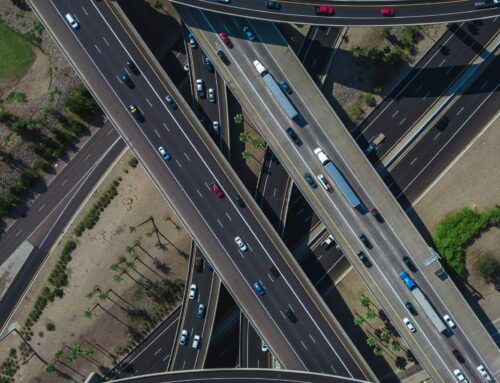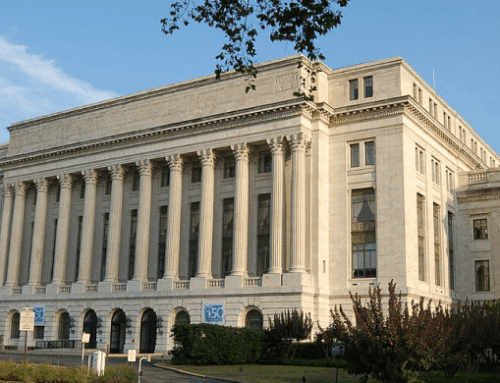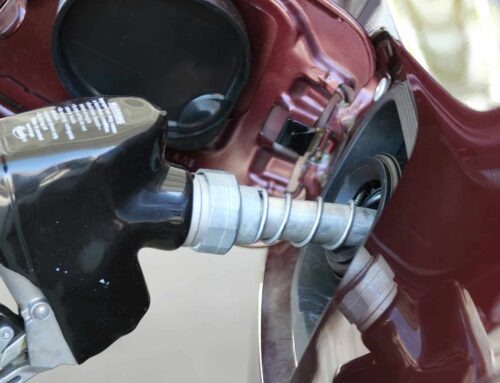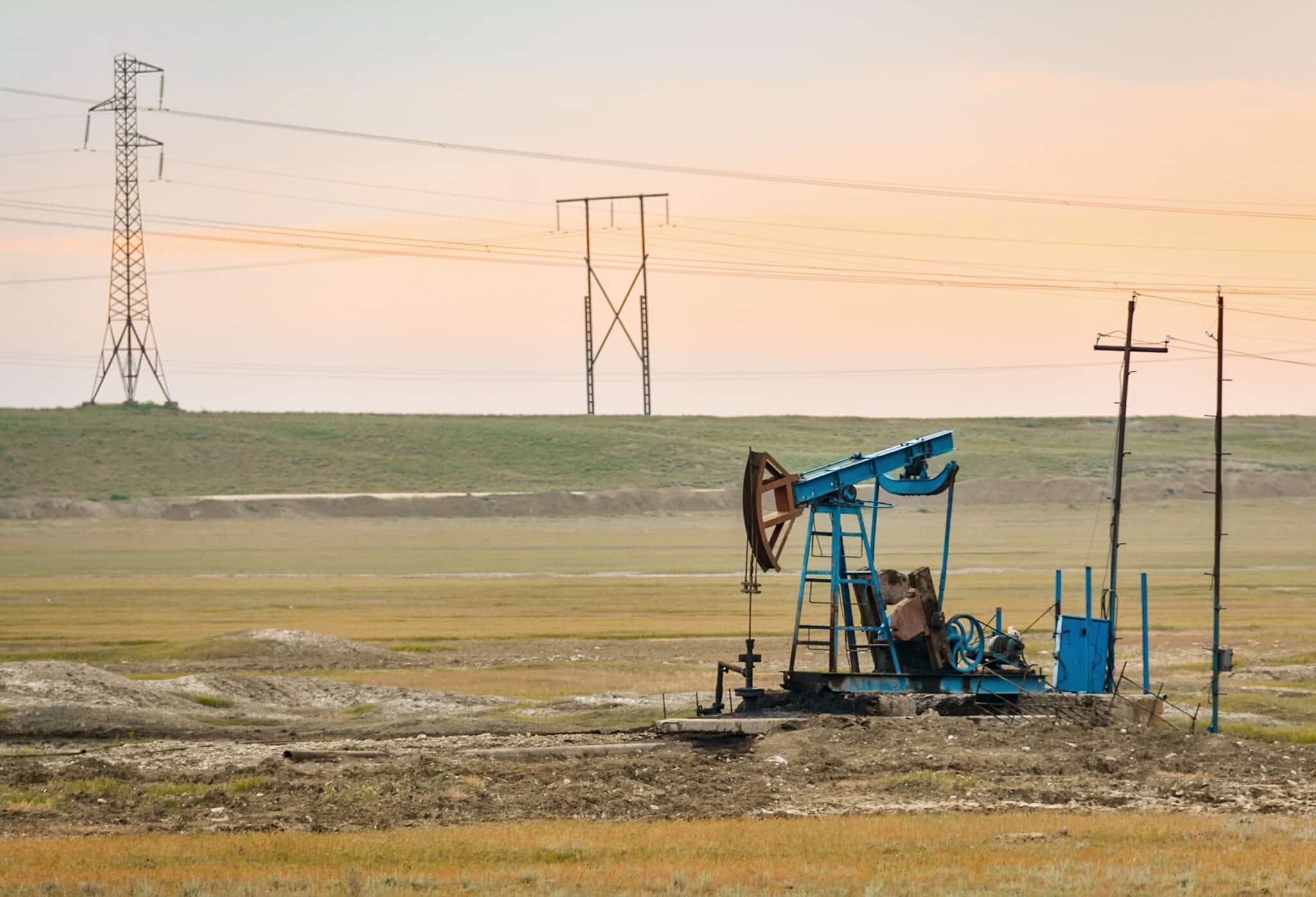Yesterday, the U.S. Department of Agriculture (USDA) announced a new initiative to distribute at least $14 billion in new subsidies. The Pandemic Assistance for Producers (PAP) encompasses both existing and potential new programs intended to provide COVID-19-related economic relief to agriculture (plus timber and other special interests). While not a new program, the overall initiative will collate other existing and previous Congressionally-authorized programs under one name, adding to the complexity, bureaucracy, and reshuffling of COVID-19 pandemic dollars floating around USDA.
Through this roughly $14 billion announcement, USDA appears to be primarily implementing funding appropriated by Congress in previous bills. This includes unspent funds from the Coronavirus Aid, Relief, and Economic Security (CARES) Act enacted almost exactly a year ago in addition to several specific industry carve-outs and other funding priorities dictated by Congress in the Consolidated Appropriations Act of 2021 enacted in Dec. 2020. The Consolidated Appropriations Act provided more direction to USDA on how to spend taxpayer dollars as compared to previous COVID-19 response legislation. For that, we pat Congress on the back. However, the sheer size, complexity, and speed of federal dollars going out the door to agriculture – namely, $50 billion directed by either USDA or Congress over the past year – and the lack of financial need for some beneficiaries is enough to make taxpayers’ stomachs turn.
Yesterday’s announcement is just the first of many steps. Soon, USDA plans to iron out details for future government payments to special interests such as biofuels producers, which may require rulemakings if these industries did not receive subsidies through previous COVID-19-relief programs. While the Consolidated Appropriations Act of 2021, enacted in Dec. 2021, did not mandate that USDA make payments to biofuels producers (and other industries such as timber harvesting) due to pandemic-related market changes last year, the Act stated USDA “may” provide payments. USDA should be commended for reevaluating who received COVID-19-related payments previously, who was left out, and who should receive payments in the future. However, any time there’s this much money floating around and more bureaucracy being created (with worse acronyms every time), we question whether taxpayer dollars are being spent wisely. More attention must be paid to whether potential beneficiaries really need additional assistance – including the biofuels industry that pivoted to alcohol production for hand sanitizer during the pandemic, in addition to significantly lower than expected market losses last year. The industry has already received more than four decades of taxpayer support while failing to achieve its government-set goals such as significant reductions in greenhouse gas emissions.
USDA’s new initiative includes four parts (with many subparts, for instance, Part 1 includes 11 or more separate carve-outs). As with any ag legislation, longtime beneficiaries of taxpayer subsidies and unnecessary government intervention into various marketplaces are included in this bill, including ethanol, cotton, corn, and the list goes on – everything from poultry to peanuts and timber to turfgrass (and hemp, yes, hemp). While there’s no doubt various industries experienced market challenges related to the pandemic, some such as ethanol have received taxpayer subsidies for decades, and while some did experience losses, they were not as large as previously expected (more from us on this later). Previous COVID-19-related aid (similar to other farm subsidies) has also disproportionately benefited the largest and wealthiest agriculture producers, some of which did not need any more taxpayer subsidies to pad their bottom lines.
A description of USDA’s March 24, 2021, announcement on the Pandemic Assistance for Producers initiative (all four parts of it) is below:
PART 1: $6 Billion for New Recipients
- Funding for entities not benefitting from the first rounds of the Coronavirus Food Assistance Program (CFAP-1 or CFAP-2), in addition to the modification of existing proposals
- Taxpayer dollars will come from “discretionary funding from the Consolidated Appropriations Act and other coronavirus funding that went unspent by the previous administration”
- Rulemakings, as necessary, will commence in the spring of 2021 for industries not previously receiving COVID-19-related taxpayer support, potentially including the following categories/beneficiaries:
- Dairy farmers
- Euthanized livestock and poultry
- Biofuels producers
- Specialty crops, beginning farmers, local, urban and organic farms
- Organic certification costs or conservation activities
- Timber harvesters and haulers
- Reducing food waste
- “Other possible expansion and corrections to CFAP that were not part of today’s announcement such as to support dairy or other livestock producers”
- “Personal Protective Equipment (PPE) and other protective measures for food and farm workers and specialty crop and seafood producers, processors and distributors”
- “Meat and poultry operations to facilitate interstate shipment”
- “Developing infrastructure to support donation and distribution of perishable commodities, including food donation and distribution through farm-to-school, restaurants or other community organizations.”
PART 2: $500 Million More for Smaller Programs
- $100 million for the Specialty Crop Block Grant Program
- $75 million for the Farmers Opportunities Training and Outreach program
- $100 million for the Local Agricultural Marketing Program
- $75 million for the Gus Schumacher Nutrition Incentive Program (to “increase the purchase of fruits and vegetables by low-income consumers”)
- $20 million for animal disease prevention and response capacity
- $20 million “for the Agricultural Research Service to work collaboratively with Texas A&M on the critical intersection between responsive agriculture, food production, and human nutrition and health”
- $28 million for existing farm stress assistance programs
- “Approximately $80 million in additional payments to domestic users of upland and extra-long staple cotton”
PART 3: $6-$8 Billion in Additional Payments under CFAP 1, CFAP 2, and CFAP–AA (Additional Assistance)
- $1.1 billion in bonus payments to cattle producers that already received CFAP-1 subsidies
- $4.5 billion in bonus payments ($20 per acre) to row crop and livestock producers that already received CFAP-2 subsidies, including “alfalfa, corn, cotton, hemp, peanuts, rice, sorghum, soybeans, sugar beets and wheat,” and other crops
- $TBD for CFAP-2 reopening sign up and implementation of additional assistance for various producers receiving subsidies in CFAP-1, including the following (as background, the Trump Administration proposed $2.28 billion for CFAP-AA, but program implementation was halted due to review by the new Biden Administration):
- Pullets and turfgrass sod
- Complicated changes to subsidies from a farm bill commodity program entitled Agriculture Risk Coverage-County (ARC-CO) regarding Actual Production History, meaning more subsidies to already heavily subsidized row crops
- A retroactive change to increase CFAP-2 payments for Sales Commodities by calculating payments not on the volume of crop actually sold, but sales and potential sales that did not happen but were covered by other safety net payments = “Sales commodity applications revised to include insurance indemnities, Noninsured Crop Disaster Assistance Program payments, and Wildfire and Hurricane Indemnity Program Plus payments, as required by statute”
- Additional payments for swine producers and contract growers (like poultry), but these are currently on hold
PART 4: Reopening CFAP–2 Sign-Up to Reach Underserved Producers
- “$2.5 million to establish partnerships and direct outreach efforts intended to improve outreach” for CFAP-2 “…to socially disadvantaged communities”










